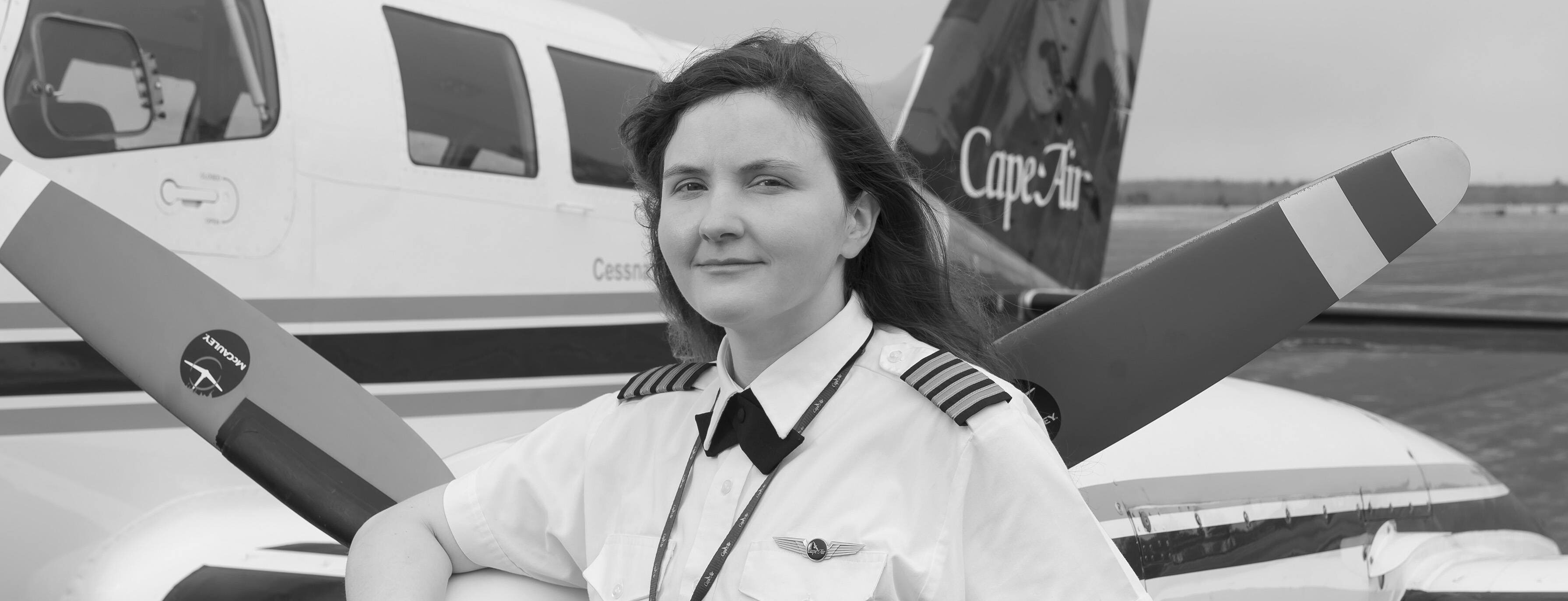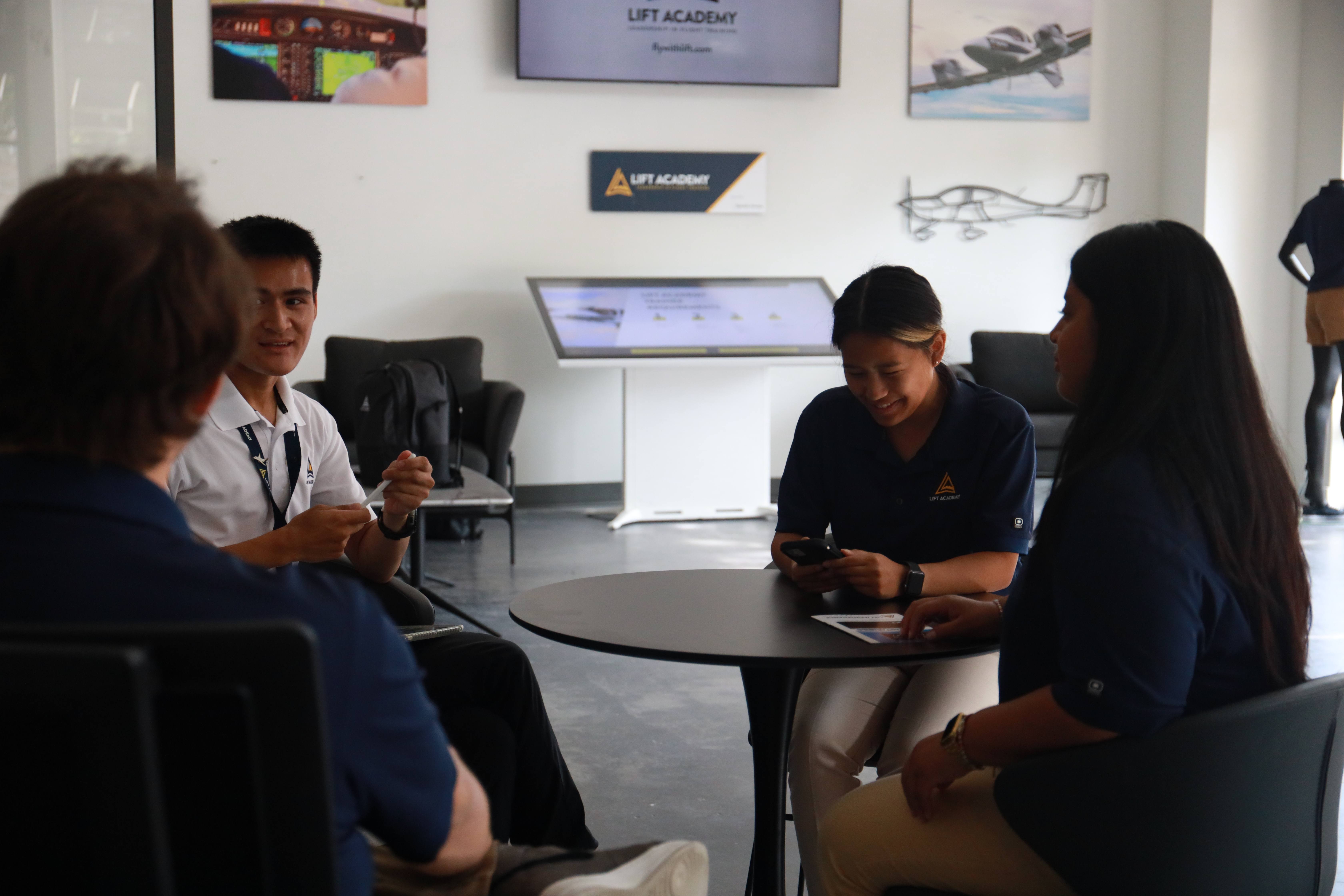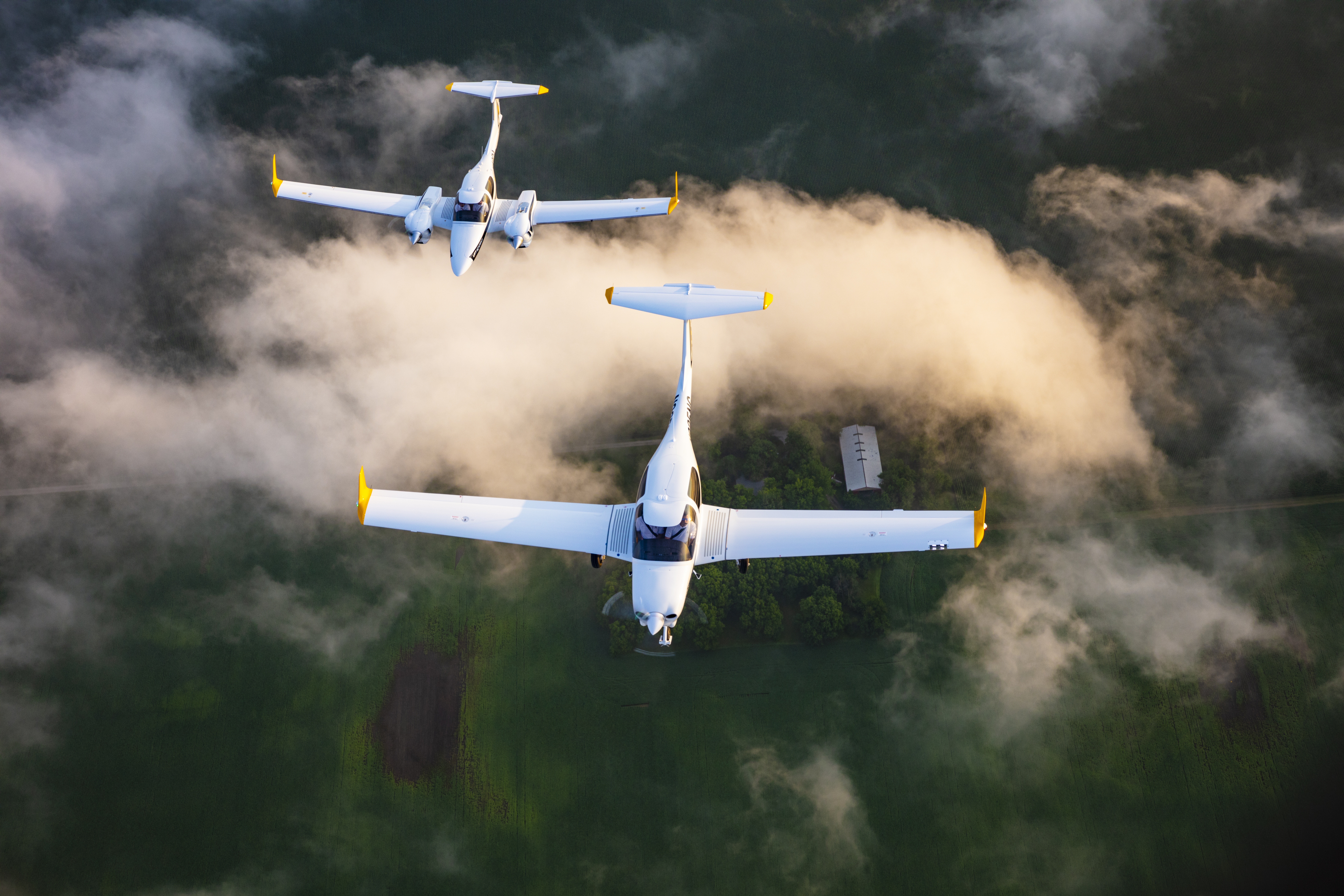
What’s a career in aviation maintenance all about?
There’s no better ambassador for our new LIFT maintenance technician apprenticeship program than Jim Boothe, our Director of Maintenance. We talked with Jim about all things AMT (which he was more than happy to do!).
LIFT: How long have you been with LIFT/Republic?
JB: I was hired in August 2004 and have just celebrated my 15-year work anniversary.
LIFT: What skills are most important for a licensed A&P?
JB: Troubleshooting. Performing basic maintenance such as changing oil or a tire is pretty straightforward. What sets a lot of mechanics apart is their knowledge of the various aircraft systems, and when something in one of those systems fails, their ability to systematically track down the root cause of the failure.
LIFT: What is one perk of the job that most people wouldn’t expect?
JB: Traveling for the job. I have had the opportunity to travel to some pretty interesting countries and locations throughout my career including Sweden, Iceland, Canada, Brazil, France, Portugal, England and all over the US.
LIFT: What is the biggest difference between working as an AMT for an airline and a flight school?
JB: Overall the same skills apply to either job, including basic scheduled maintenance, avionics, hydraulics, flight controls, etc. The biggest difference is the size and cost of the components.
LIFT: What does a typical day look like at LIFT?
JB: It always varies. Some days we are just working scheduled inspections, and other days we are working on various discrepancies. Sometimes the aircraft have an issue at another airport, and we will have to take a road trip to fix the aircraft there so it can fly back. There is also the opportunity to travel for various training events and to the factory in Canada.
LIFT: What’s your favorite aircraft you’ve worked on?
JB: The Embraer EJET is one of my favorites since it is just an overall great aircraft, but I will say I still have fond memories of working on a Jetstream 32 since it was one of the first aircraft I got to know really well early in my career.
LIFT: What’s the hardest mechanical issue to fix?
JB: Typically, inconsistent electrical or avionics issues are the hardest issues to troubleshoot and correct since you always have a hard time duplicating them.
LIFT: What is the number one reason why someone should consider a career as an AMT?
JB: It’s rewarding. Certainly there is hard work and occasionally long days, but there is a lot of satisfaction watching the aircraft that you have worked on all night load up with families and individuals and taxi out with a beautiful sunrise on the horizon, knowing the aircraft will safely and reliably take them to their destination.





